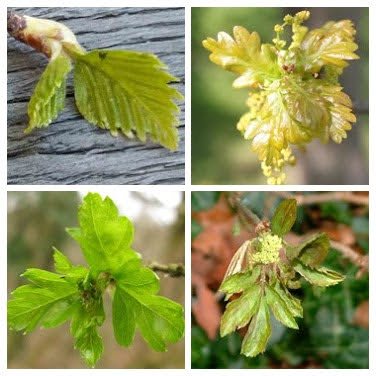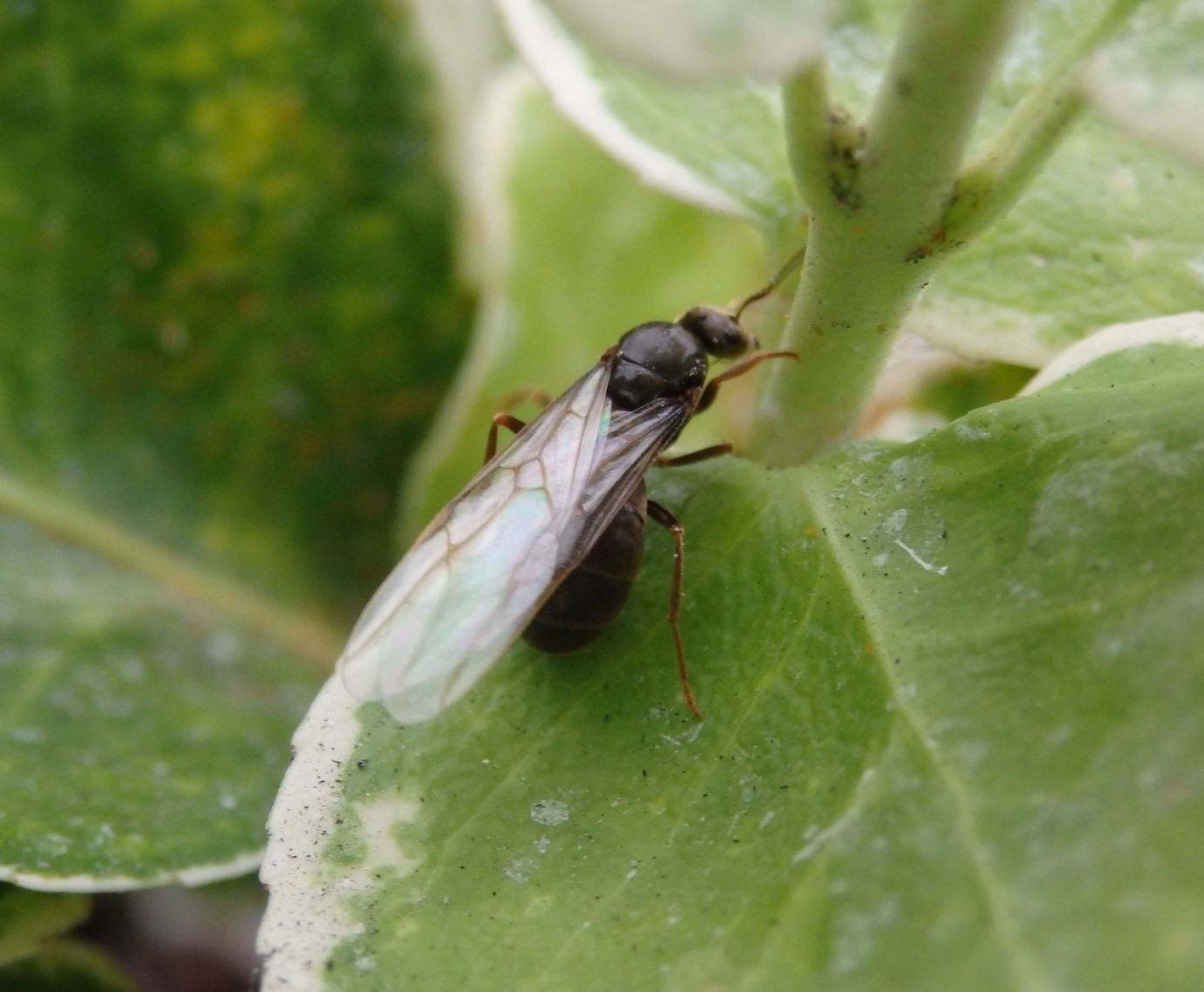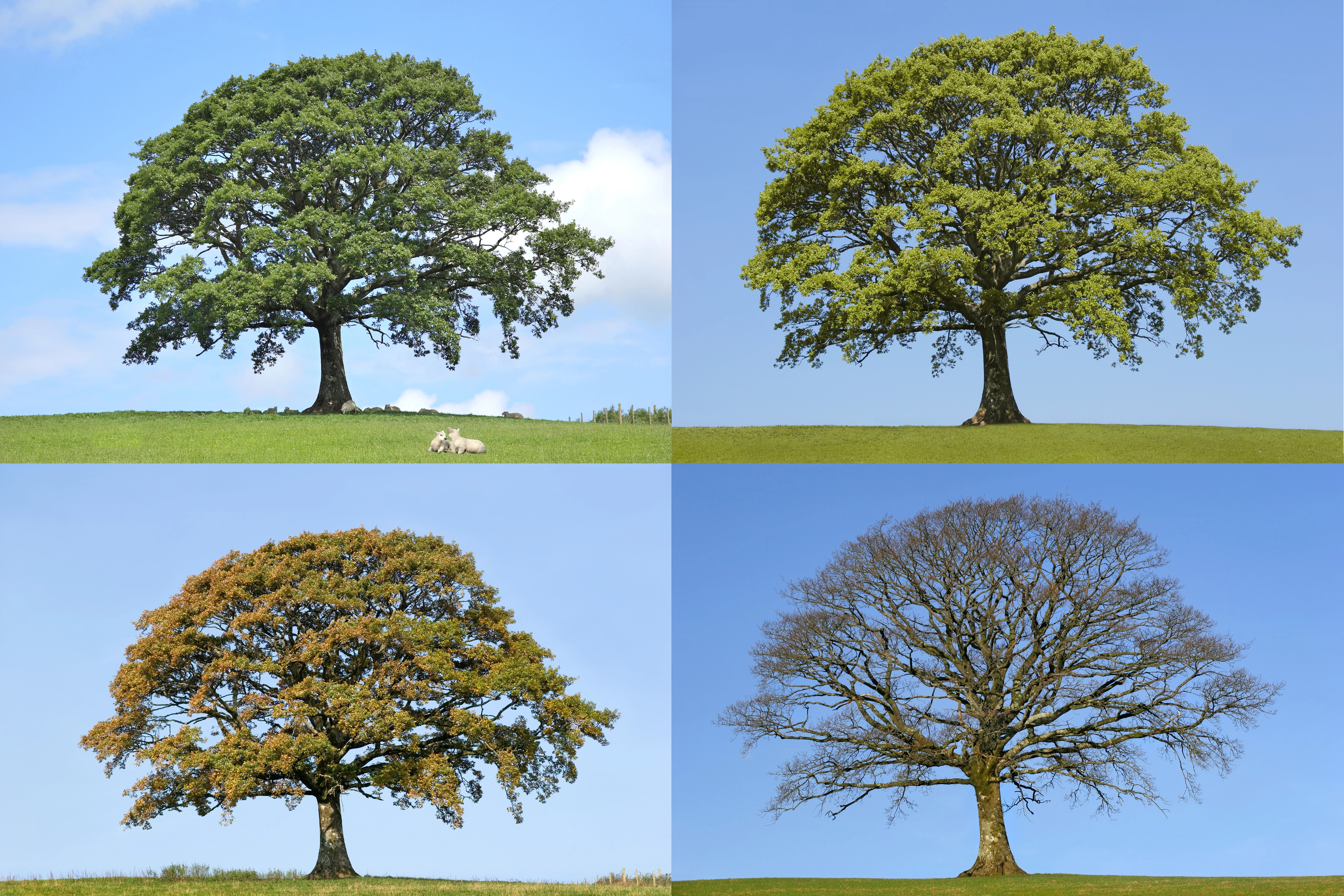

Add a tree to your weather station
We love to talk about our changeable weather, and these days many of us have a home digital weather station measuring temperature, humidity, wind speed, wind direction and perhaps even rainfall. But have you ever considered adding a tree to your weather station? Monitoring recurring events in the lifecycle of trees (and other plants and animals) is known as phenology and gives an indication of nature's response to weather and climate.
In the UK we have a national phenology network, which, remarkably, relies completely on volunteers! It’s a citizen science project, run by the Woodland Trust, called Nature’s Calendar. In some countries, meteorology and phenology are closely linked, for example in Germany, where the national phenology network is operated by the meteorological service (Deutscher Wetterdienst, DWD).
You can contribute to the collection of phenology data in the UK by regularly monitoring a local tree. Select a mature tree (not a sapling) and, as autumn draws into winter and temperatures drop, enjoy the colours of the changing leaves. Make a note of the following dates to record on the Nature’s Calendar website.
Full autumn tinting: record the date when all the leaves on your chosen tree have changed colour.
Bare tree: record the date when the branches on your chosen tree are completely bare except for shrivelled leaves.
If you enjoy taking part, there are tree life-cycle events to record throughout the spring too!
Why monitor a tree? What can tree life-cycle events tell us?
Climate change
Nature’s Calendar was established in 2000 and now holds over 3 million records including historical data which goes back as far as 1736. Scientists use this data to investigate how climate change is affecting timings in nature.
A remarkable phenologist, Jean Combes OBE, noted the date of oak first leaf on her local tree from the age of 20 to the age of 96. Her incredible 76-year record shows plenty of year-to-year variability due to the weather, but a long-term trend of spring leafing starting significantly earlier.
Another example, the ‘Spring Index’ , illustrates that since 1998 spring events have occurred over a week earlier than during the first part of the 20th century.
Localised weather events
Nature’s Calendar data can help us understand the impact of localised weather events on wildlife. For example, early leaf drop in autumn due to stormy weather or reduced fruit crops due to drought.
Tree pests and diseases
There are hundreds of pests and diseases that are a potential threat to UK trees. Nature’s Calendar records provide evidence that horse chestnut leaf tinting is now starting earlier in the year than it used to, due to the pest horse chestnut leaf miner, which was first found in the UK in 2002.
‘Leaf on’ period
The time between first leaf in the spring and bare tree in the winter can be used as an analogy for growing season. This ‘leaf on’ period is important in calculating the many benefits that trees provide including shade, pollution reduction, and carbon storage. The timing of leaf fall in the autumn and the weather conditions at the time of leaf fall effect the decomposition of the leaves and their return to the soil.
Food chains
Trees form part of many food chains. An example is great tits timing their breeding so that their chicks benefit from the peak availability of caterpillars which in turn feed on oak leaves. A small change in the timing of tree life-cycle events can have knock-on effects further up the food chain. Find out more.
Food supply and seed source
Nature’s Calendar volunteers give their trees an ‘amount of fruit’ score each year which provides an indicator of winter food availability for birds and mammals as well the seed source available for future natural regeneration of trees. Autumn 2023 saw a bumper crop of haws, when hawthorn trees across the UK were awash with the red berries. This was good news for migrating birds such as redwings and fieldfares which feed on the haws.
Pollen and human health
Many of us suffer from tree pollen allergies. Understanding the timing of tree flowering is crucial for predicting the timing of hay fever season.
Hot off the press
Nature’s Calendar tree records provide a wealth of interesting data, which is analysed by scientists all over the world. Most recently, Nature’s Calendar data was published in the State of the UK Climate report.
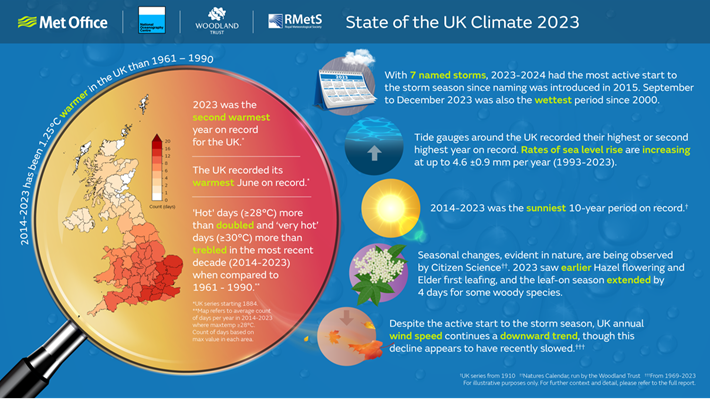
This report provides an up-to-date assessment of the UK climate and includes Nature's Calendar records as an indicator of nature's response to weather and climate.
The phenology section (section 10, page 94) is a summary of the Nature's Calendar records from 2023 compared to previous years. Key findings included:
- Hazel had its earliest flowering date in the series from 1999. Hazel flowers early in the year and is influenced by winter temperatures in December-February. February temperatures were well above average in 2023.
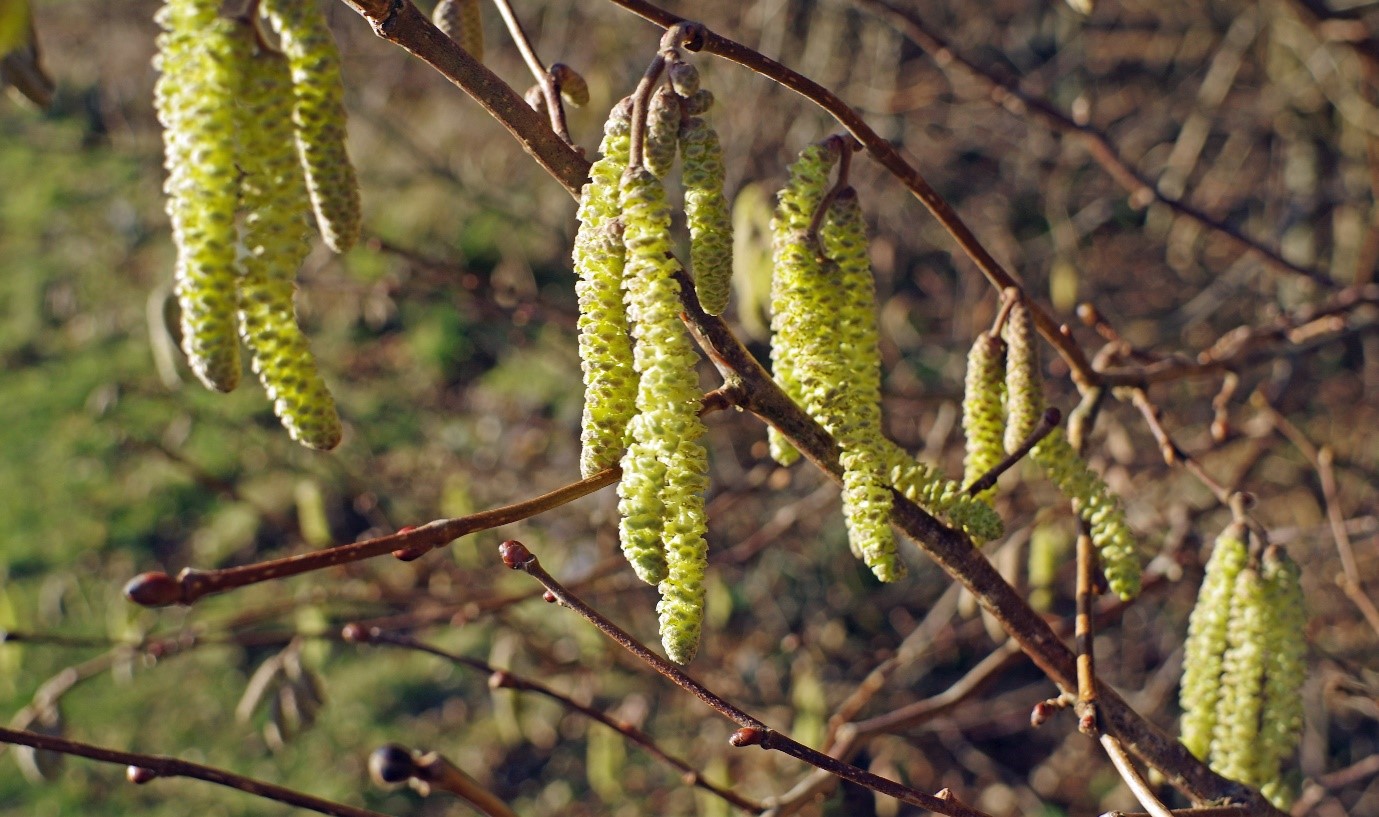
- Hazel flowering is starting to show an advance over the 1999-2023 period. We'll be keeping an eye on this over the coming years. What implications will this have for those with pollen allergies, and for the ripening of hazelnuts later in the year and for the wildlife, like dormice, that feed on them? Will this food chain stay in sync?
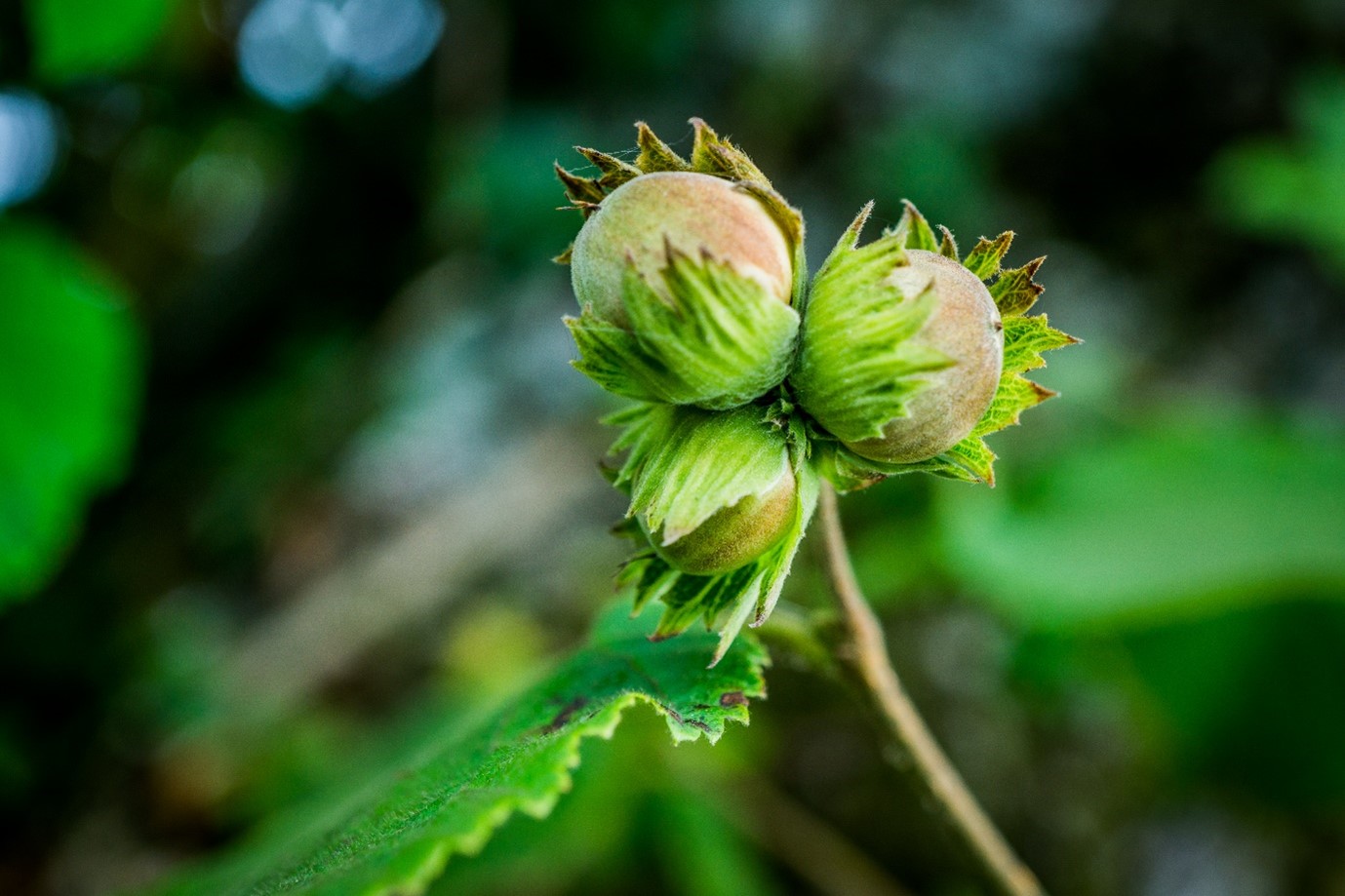
- Overall, the leaf-on season (the time from first leaf in spring to bare tree in autumn) was four days longer than the baseline, largely due to a mild and therefore later autumn, rather than an earlier spring.
If you’re already interested in your local weather, why not take it one step further and consider its effects on your local wildlife. We’re looking for more volunteers to take part in the Nature’s Calendar project so please register to take part, add your records and become part of the UK network.
Understanding the Weather and Climate Context of 2023
Want to know more about how the weather of 2023 compares to long-term climate records for the UK? The Royal Meteorological Society is hosting an event on 16 October 2024, where authors from the annual State of the UK Climate report will present their key messages on what the latest observations tell us about our changing climate, sea levels and storm surges, and how nature’s response is being monitored.
About the Author

Judith Garforth is the Woodland Trust Citizen Science Officer for the Nature’s Calendar project, having worked in the Citizen Science team at the Woodland Trust for almost 9 years.
Prior to that, she worked in science education/communication at the Natural History Museum in London and for the company Mad Science (where her job title was ‘Mad Scientist’!).
She has a PhD in Environmental Science from the University of Nottingham that was also supported by the UK Centre for Ecology & Hydrology and British Geological Survey.


